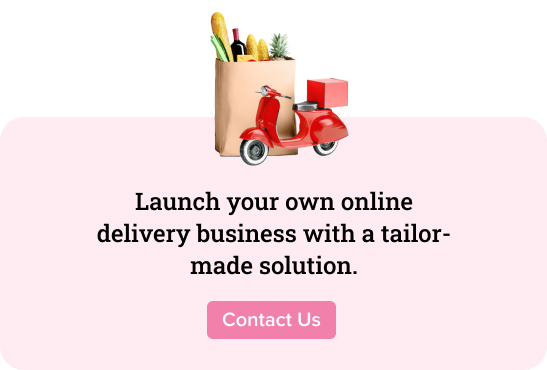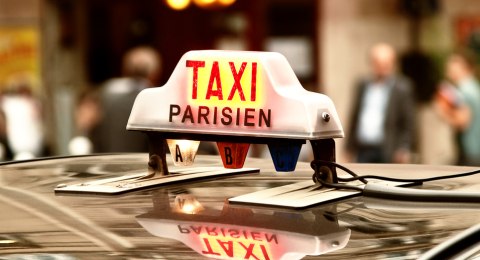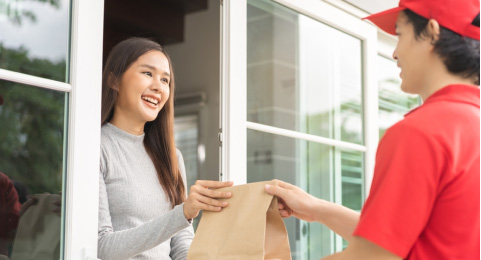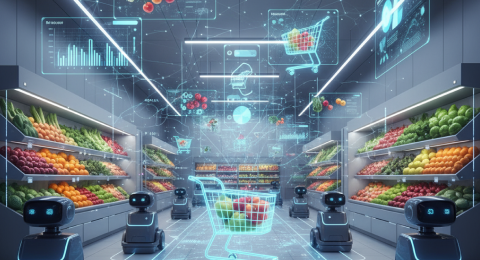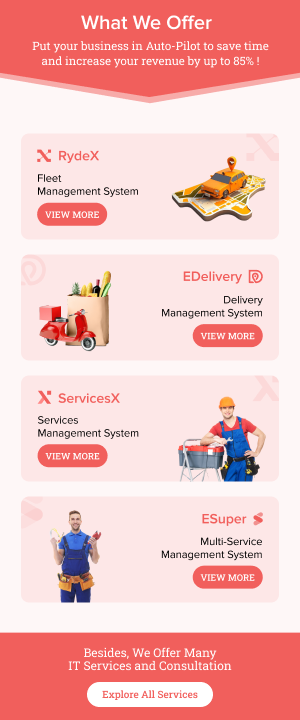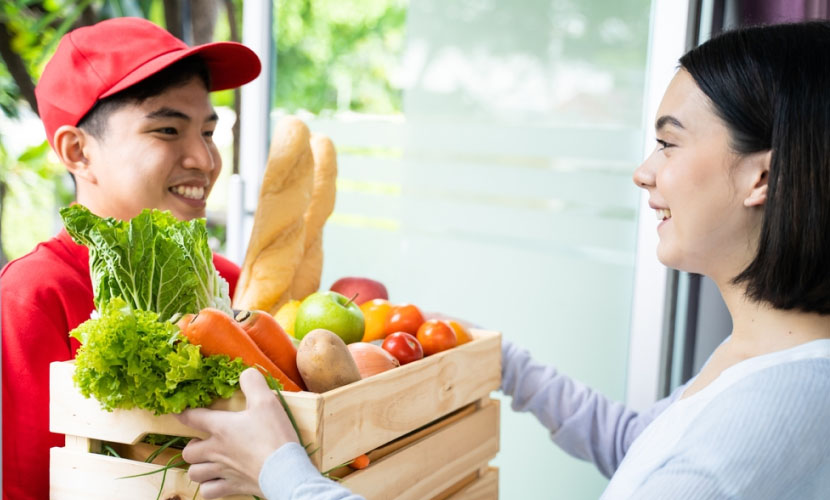
With over 55,000 restaurants and stores, HungerStation has become a go-to source for ordering food and groceries in Saudi Arabia. But what is the driving force behind its success? Many contributing factors made this convenience delivery service successful, but the HungerStation business model played a major role.
- Brief History of HungerStation: How Did the Business Get Its Fame?
- Let’s Explore How HungerStation Works
- Exploring Different Aspects of the HungerStation Business Model
- HungerStation Revenue Model: How Does It Sustain Its Business
- How HungerStation Drives Innovation With Its Remarkable Features
- The Bottom Line
Thanks to its robust model, HungerStation has been a pioneering food marketplace in the Saudi Arabian food industry. The online food delivery sector in Saudi Arabia is experiencing rapid growth. With this consistent growth, the revenue is projected to reach US$15.12 billion by 2030. However, when HungerStation was launched, the country had no meal-ordering apps.
The platform was the first of its kind and quickly became a staple app for foodies who love the convenience of ordering meals online. A major contributor to this food app’s success is its innovative business strategy, a model that inspires others in the industry. Let’s break down the comprehensive business model of HungerStation and learn how it works and makes money.
Brief History of HungerStation: How Did the Business Get Its Fame?
HungerStation was launched by Ebrahim Al-Jassim and Hossein Bukhamseen in 2012. When it was launched, online food delivery was a completely new concept for local foodies. Apps like UberEats and Talabat were thriving worldwide, but there was no such platform in Saudi Arabia.
HungerStation was the first food delivery app in Saudi Arabia, and it leveraged this first-mover advantage to become widely popular. The idea of delivering favorite food directly to customers’ doorsteps turned the platform into an instant hit and a game-changer in the market.
The company’s rapid popularity not only turned it into a successful startup but also attracted many investors. Sensing the opportunity, FoodPanda purchased most of HungerStation’s shares in 2016. This acquisition positioned FoodPanda as the largest stakeholder in this food platform.
Later in the same year, Delivery Hero acquired FoodPanda, and as a result of this acquisition, HungerStation became part of Delivery Hero. Indeed, this acquisition made the firm one of the most popular food delivery apps in Saudi Arabia and Bahrain.
The platform was mainly focused on food delivery up until the pandemic. When COVID-19 hit, the company identified that there was a larger market gap between customers and a safe and reliable platform for sourcing groceries and other daily essentials.
To address this gap, HungerStation launched Quick Market (its grocery delivery segment) in 2020. And that’s how it started operating as a multi-vendor platform, offering ready-to-serve food and groceries.
Fast forward to 2023, Delivery Hero purchased the remaining 37% of the company’s shares for $297 million, thereby gaining complete ownership of the company. Today, it is a thriving delivery ecosystem that allows customers to procure food and daily essential items.
As of early 2025, the company had delivered 300 million orders and received over 20 million app downloads. It has expanded its offerings to groceries, medicines, flowers, and more.
The firm currently operates in more than 100 cities in Saudi Arabia and Bahrain. But all this was possible because the company followed a strategic and innovation-driven business model.
In the next section, we will explore the HungerStation business model and all its different aspects. Keep reading to learn more about its key partners, how they benefit from the company, and what activities it performs to sustain and thrive.
Let’s Explore How HungerStation Works
To facilitate faster and more convenient ordering, HungerStation utilizes a robust platform with a brilliant navigation system and other user-friendly features. Let’s discover how HungerStation works with its cutting-edge platform.
- After successful registration, customers can discover a wide range of product categories, including food, groceries, medicines, flowers, and more.
- By tapping on one of them, they can browse various stores. Further tapping into a specific store, they can explore the list of various items.
- They can easily add their desired item to the cart and proceed with the purchase. Once done, they confirm their address and payment mode.
- When the order is prepared and dispatched, they can seamlessly track it within the app.
- Lastly, after receiving the order, they can provide feedback on packaging, delivery service, and other aspects.
Establish Your Custom Food Delivery App Like HungerStation With Our Professionals & Stay Ahead in Saudi Arabia’s Food Delivery Market
Exploring Different Aspects of the HungerStation Business Model
The HungerStation business model is based on hyperlocal on-demand food delivery services. The company does not prepare or resell products; instead, it connects customers with their favorite restaurants, grocers, or store owners.
However, it offers delivery services, helping stores serve their customers with timely, fresh products.
Let’s quickly look at the HungerStation business model canvas to understand its various business aspects.
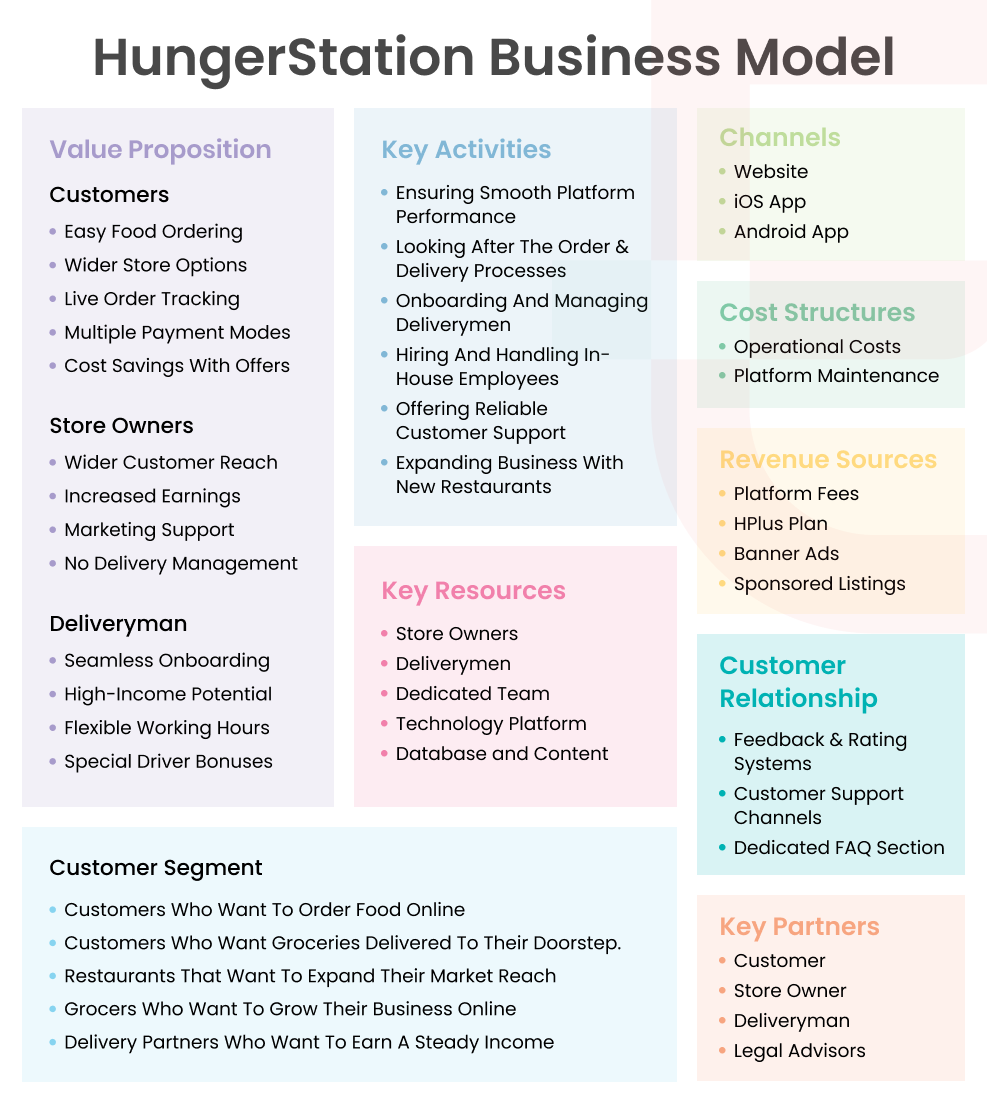
Key Partners
- Customer: End-users who order food, groceries, and other essential items.
- Store Owners: Restaurant owners, grocers, bakers, and other providers who list their products on the platform.
- Delivery Man: Delivery facilitators that deliver food and grocery items to the customer.
- Legal Advisors: Experts on legal matters who ensure the company’s policies stay compliant with changing regulations.
Value Proposition
Value Proposition of Customers
- Experience a seamless food ordering process on the app.
- Offers a wide range of store options for purchasing products.
- Tracks the delivery man in real-time and chats with them through the app.
- Access a wide array of payment modes to pay however they like.
- Saves money on ordering items by applying available discounts.
Value Proposition of Store Owners
- Receive town-wide reach, enhancing the number of orders.
- Increases earning potential by serving more customers.
- Get various marketing features to promote their store.
- Shrug off the hassle of managing a delivery team.
Value Proposition of Delivery Man
- You can join the platform within a matter of minutes.
- Get an opportunity to earn more through delivery.
- Enjoys flexible working hours, keeping a work-life balance.
- Receive special driver bonuses offered on the platform.
Key Activities
- The most important activity of HungerStation is acquiring customers and managing their orders.
- The company also has to take care of its platform’s performance, ensuring a smooth user experience.
- The company onboards delivery men on a regular basis to meet the growing demand for delivery services across its service cities.
- Another significant activity involves hiring and managing in-house employees who handle various business tasks.
- Providing reliable customer support helps the company enhance customer retention and trust.
- Lastly, HungerStation owners always strive to expand their business by onboarding new restaurants and grocery stores.
Customer Segment
- People who want to dine at their own homes but do not want to prepare food themselves are the main customer segment of HungerStation.
- Another major customer segment consists of people who want to purchase groceries and other essential items from the comfort of their couch.
- Restaurant owners who want to expand their market reach and drive more sales are also prime customers for this delivery platform.
- Similarly, grocery store owners who want to grow their business on the online landscape make up a significant part of the customer segment.
- Its customer segment also includes delivery partners who want to generate a steady income working as full-time or part-time delivery providers.
Now that you know the complete business model of HungerStation, let us go through its revenue model and understand how the food delivery platform makes money.
HungerStation Revenue Model: How Does It Sustain Its Business
The company’s dynamic business approach and expansive offerings have allowed it to establish a diversified revenue model. The HungerStation revenue model includes numerous monetization methods that help it sustain and grow its business. This section will examine how HungerStation makes money through its varied revenue model.
Platform Fees
Platform fees are a set percentage that this food delivery firm charges from its restaurants, grocers, bakers, and other store owners. The fees usually range from 5% to 25% of the order value. However, this percentage varies from store to store, depending on how scaled the store is or how diverse its services are.
HPlus Plan
HungerStation Plus, or HPlus, is a subscription plan that offers free deliveries and other benefits to customers. HPlus is a 12-month free delivery membership program where customers can save big on their food orders by eliminating delivery fees and availing additional discounts.
Banner Ads
For store owners who want to advertise their deals and special discounts, the company offers advertising space on its platform. The firm charges a fee for this, thus making significant revenue from this stream.
Sponsored Listings
Sponsored listings are a paid feature that restaurants, grocers, and other store owners use to rank their products at the top of the platform’s search results. This strategy allows them to gain visibility and boost their orders. The company charges a specific fee to place these stores and their products at higher ranks, generating income from this additional earnings channel.
These are some of the prominent revenue streams that this food marketplace uses to grow its business. Although this revenue model closely aligns with HungerStation’s business, it is flexible enough to suit a variety of on-demand businesses, whether you want to start a grocery delivery business or a food aggregation.
Till now, we have only discussed the business aspect of this food platform. We’ve seen how its business model works and how it makes money. Now, we are going to take a glimpse at this food business’s technological advancements that make it an innovative startup in the Saudi market.
How HungerStation Drives Innovation With Its Remarkable Features
The HungerStation app has always been at the forefront of innovation. Its commitment to delivering an exceptional user experience has led the company to build innovative food delivery app features that help its customers enhance their culinary experiences and drivers make their delivery journeys effortless. Let’s learn more about these features here.
Social Feed
Social feed is an innovative feature that allows customers to turn a food picture into an actual orderable dish. Here’s how it works. Customers can DM a post containing food pictures to HungerStation’s Instagram account. There, the company has implemented an AI-based advanced system that identifies the dish in the post with its image recognition capabilities.
Once the AI system identifies the dish, HungerStation finds the restaurant that offers it. It then directs the customer to the restaurant’s page, prompting them to complete the order. This simple process allows customers to explore a wide variety of cuisines and get a richer culinary experience.
Shaded Route
Shaded Route is an innovative AI-powered feature designed to offer drivers a comfortable delivery experience. As the name suggests, it optimizes delivery routes to include shaded pathways under buildings, tunnels, trees, and bridges.
The AI system analyzes the sun’s position in real time and suggests shaded pathways that are 10-15 degrees cooler than the traditional route. However, it also ensures that these shaded paths fall within 10% of the fastest delivery route so that customers don’t have to wait longer for their food or groceries to arrive.
The Bottom Line
The HungerStation business model inspires entrepreneurs who want to start a food delivery business in an emerging market. If you aspire to do the same, we hope this article was helpful. Now that you know everything about how this Saudi-based food startup works, get into action and start building your food delivery platform.
Ellumianti offers a premier app like HungerStation that allows you to build your food marketplace. Our highly customizable solution will help you significantly reduce the time it takes to launch your business and start delivering food. Just get in touch with us, and we will provide you with the entire roadmap and a personalized quote.

